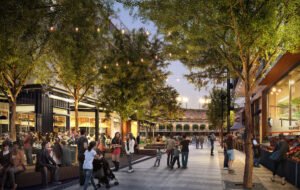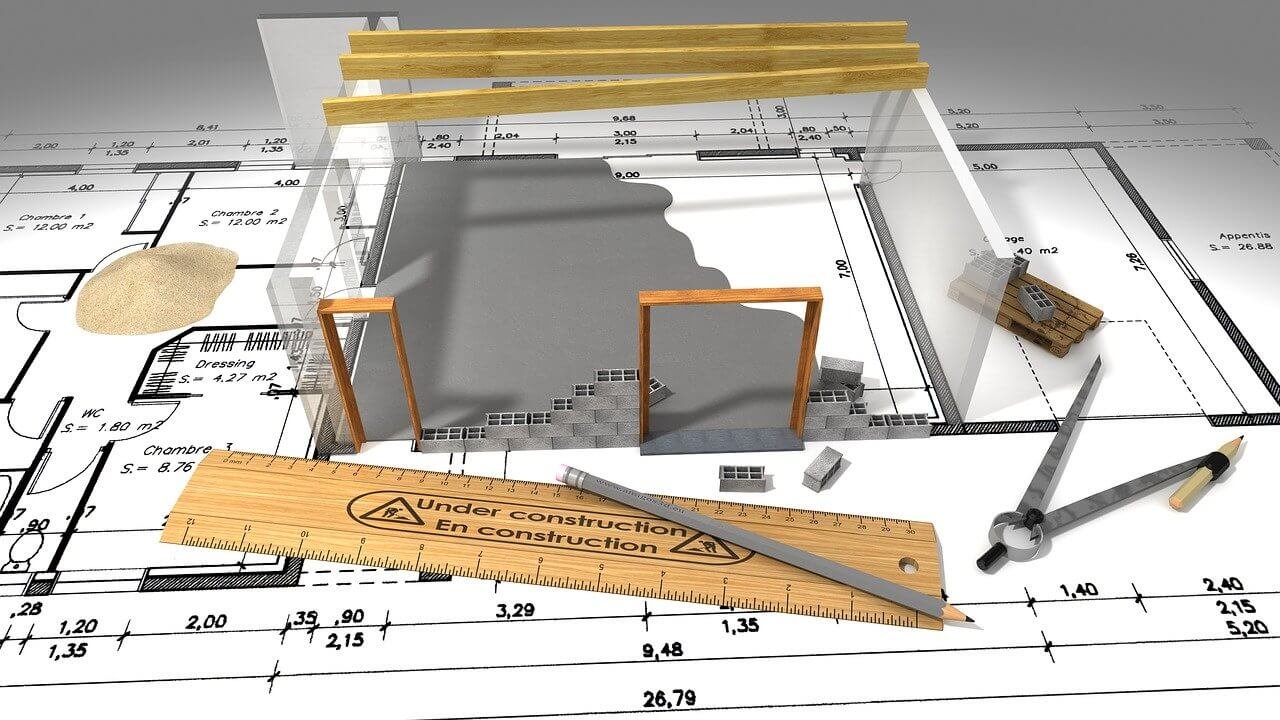What is the value of the street where people can walk safely? Well, what privilege will it be to walk safely and efficiently?
Why not build streets with the needs of people in mind, and not just the automobiles?

These valid arguments of making a street walkable have been the buzzword for decades. People concerned with pedestrian safety and ‘walkability’ care more about the issues of safety and lighting as they feel that walking is a good exercise in an urban environment than driving. The benefits are not just walkability but also other benefits like community interactions, socializing and political benefits. Therefore, not just getting an economic vitality, but also getting the social benefits, conversations, and connections.
Walkability is an excellent shorthand for good urban design and a city to encourage walking, it must have a dense mixture of land uses, integration with streets and open spaces, all designed for the people. Walkable streets are comfortable, convenient, healthy and sustainable, but it is very difficult to achieve these factors in suburban environments.
The realization of improving and enhancing public streets is the first initiative towards a livable city. Walkable streets, on the other hand, encourage business activity and encourage greater tax revenues offers.
- Streets Encouraging Business Activity: Streets where walking is safe and easy, businesses tend to thrive, and this situation has been confirmed over the past several years. Where there are people, there is revenue. Urban scapes like streetscapes, furniture add value to an area and are associated with higher rents and attractions. Walking and cycling environments raises a good impact on people in a neighborhood. Walkable streets ensure that people can safely cross the roads, spend time on streets, and all age group of the community has access to it.
- Streets provide a better return on investment: Streets, where walking is easy and safe, are not just economically significant but also impact the economic values. The cost of paving sidewalks for people is minuscule compared with the cost of paving wide roads for cars, installing traffic signals, street furniture, etc. Further, the wear and tear caused by the pedestrian traffic are also negligible compared with the wear and tear caused by the automobiles. Meaning, the long-term maintenance costs for walk-friendly areas are lower than for auto-oriented places.
Benefits of Walkable Streets in Cities:
- It helps people live longer: According to a health study, the physical activities of people dropped 32% in the last four decades around the world. Walkability decreases health risks among people of different age groups. For people over 60, walking 15 minutes a day can reduce the risk of dying by 22%. A 30-minute walk burns 100 calories, dropping your obesity by 4.8%.
- Improves traffic safety: More than 270,000 pedestrians are killed around the world every year, better street design, and policies reduce speed and help in reducing the risks of crashes.
- Reducing crimes in many ways: Making the streets more pleasant for walking-reducing trash or enforcing the speed limit also has added benefits of reducing crime. Countries like the U.K, have installed 5.9 million cameras in public spaces-encouraging people to walk is a cheaper way of increasing surveillance and making the streets feel safer.
- Makes the streets universally accessible: Not everyone can own a car, hence walking is universally accessible, and even to those who take the subways. Designing pedestrian infrastructure for those who are less mobile also helps the experience of walking better.
- Strengthens the community identity: As people interact more on the streets, it also builds a sense of community. Studies have determined that people in walkable neighborhoods have 80% more ‘social capital’ than those living in car-dependent areas. Walkable streets also bring people together who might not otherwise meet, and people who lived on streets with more traffic were less likely to know their neighbors.
- Boosts the Economy: Making the neighborhoods more walkable increases the number of people shop there. Pedestrians spend 65% more than drivers boosting the employment aspects of the economy. People visiting street markets in a city are more likely to shop at stores and shops nearby.
- Increases tourism: For tourists, walking is one of the major ways of experience the city, and improved walkability makes people more interested in visiting. Skilled professionals tend to migrate to walkable areas, the most walkable neighborhoods have higher GDPs per capita and more college graduates.
- Minimizes land use: Sidewalks and bike paths are more compact than roads, they also enable people to easily live in denser neighborhoods.
- Improves urban microclimates: Paved roads contribute to the urban heat island effect, making the cities hotter, shaded, plant-lined sidewalks and help in cool neighborhoods down from 9-35 degrees. Walkable cities also reduce air pollution, helping in cutting the city’s carbon footprint.
- Makes cities more resilient: Walkability makes cities more resilient in disasters making the neighborhoods more walkable and spark urban regeneration. A car-free or walkable street is more likely to support interventions and other simple, DIY solutions.

Here are some ways how we can make the streets walkable for people:
- Putting cars in their place: Results in unanticipated consequences not only for traffic on freeways but in neighborhoods and downtowns, where streets are sometimes treated not as critical public spaces for animating city life.
- Mix the uses: Having places to walk and significantly more walking than those that don’t. In most urban cities, affordability is not much of an issue, as there is relatively affordable housing.
- Get the parking right: Some cities have an oversupply of underpriced parking, in large part due to minimum parking requirements for buildings and businesses. A side effect is that adaptive reuse of historic properties can be discouraged, as there isn’t sufficient space to create parking required for building’s new uses.
- Protecting the pedestrian: Roadway improvements that facilitate car traffic and encourage higher speeds. The idea is that, if drivers feel thy might hit someone or something, they really will slow down or change routes.
- Welcome bikes: This step is about walkability, except for the point that bike traffic slows car traffic. But even after providing dedicated lanes to cycles, some cyclists prefer riding in the main roadway rather than the lanes.
- Planting more trees: Streets correlate with fewer automobile accidents, many public transportation agencies seek to limit them because of visibility. Contributing to auto safety, trees provide myriad public benefits, including natural cooling, reduced emissions and energy demands for air conditioning and reduced stormwater pollution.
The conclusion is that walkable cities are good, a worthy addition to the urban cities. So, the question is, what makes a city walkable? Well, walkability is how friendly a city of a neighborhood has pedestrian activities. When architects, urban planners, and designers design streets around the neighborhood, these places become socially, environmentally and economically vibrant.
Walkability is the key to an urban area’s efficient ground transportation and remains the cheapest form of transport for all types of people, irrespective of age, income, health. These walkable cities are livable built environments leading to the whole happy and healthy lives of people who live in them. Making and encouraging people to walk is itself a huge recreation activity benefitting them at different levels.
To know more about Architecture Technology, Stay Tuned.
Previous Coverage:
- Green Building Trends: Passive House
- A.I. & Robots Revolutionizing the Construction Industry
- Towards Regenerative Development
- Augmented Reality Transforming Cities
- Coastal cities at the highest risks?
- Co-Living, A buzzword of 21st Century!



